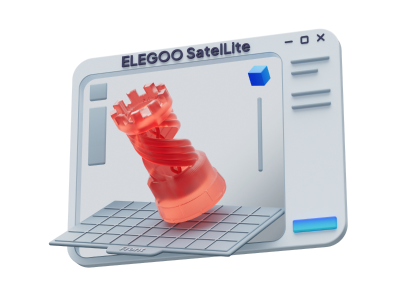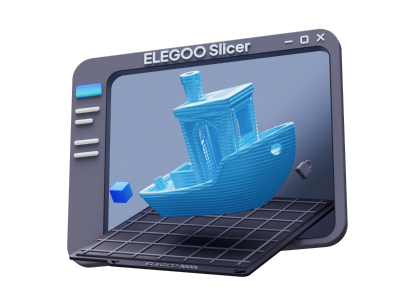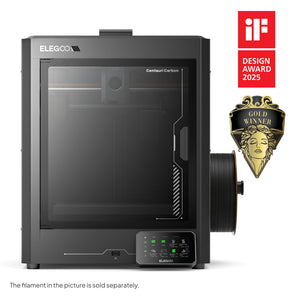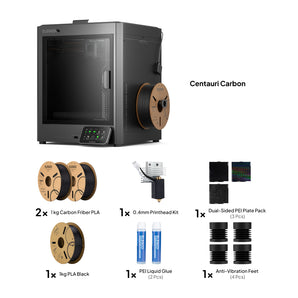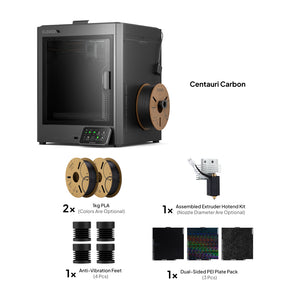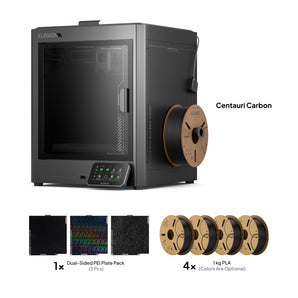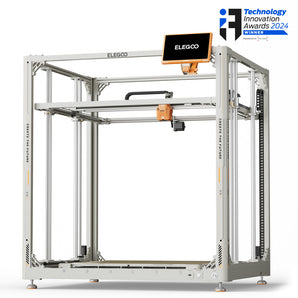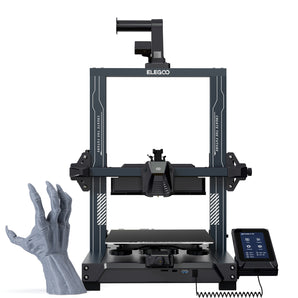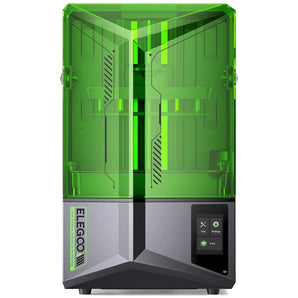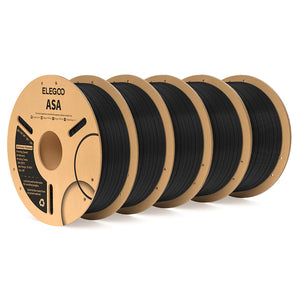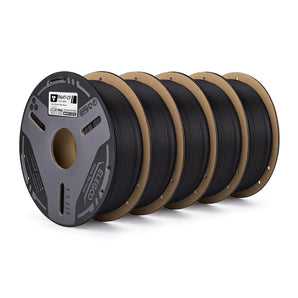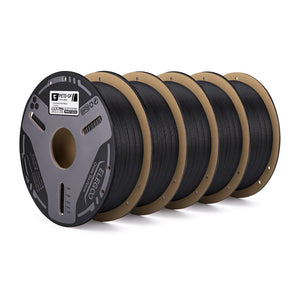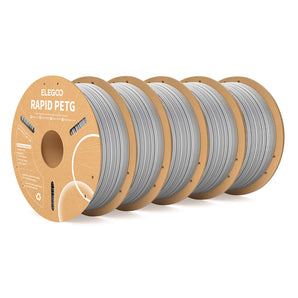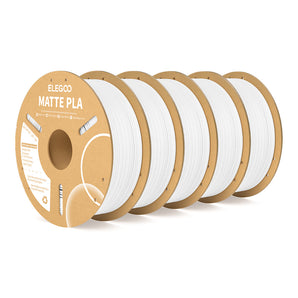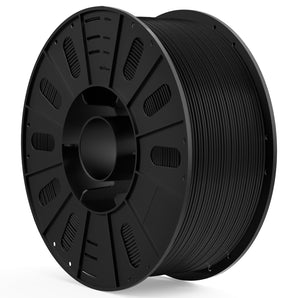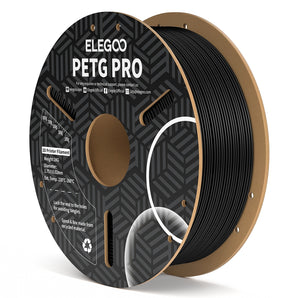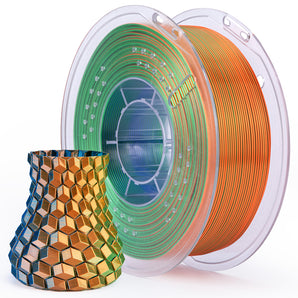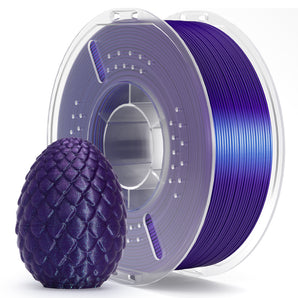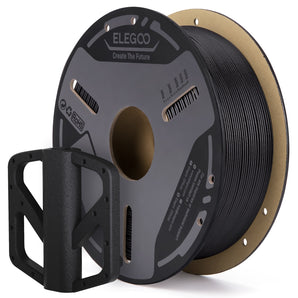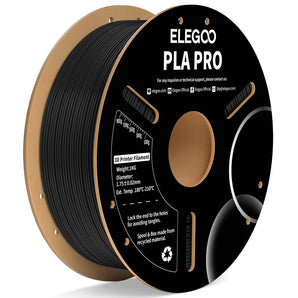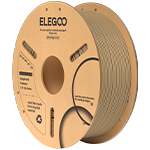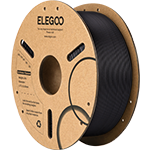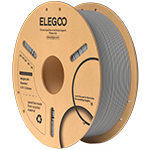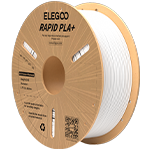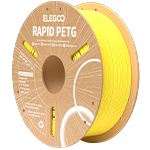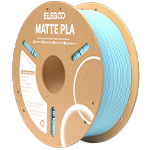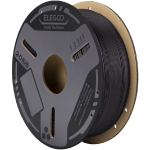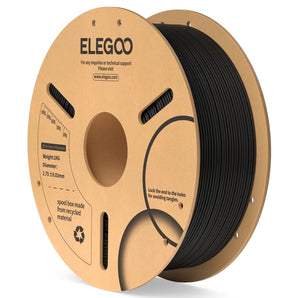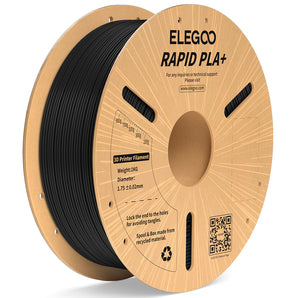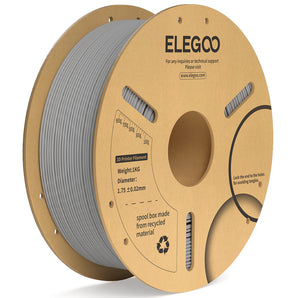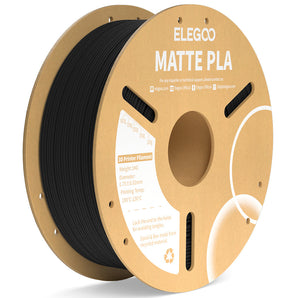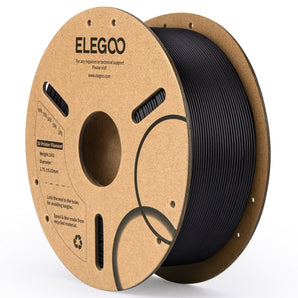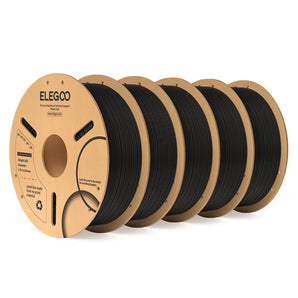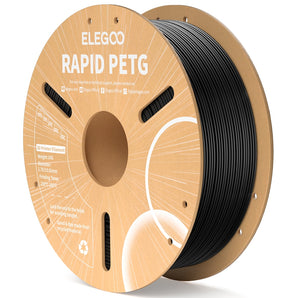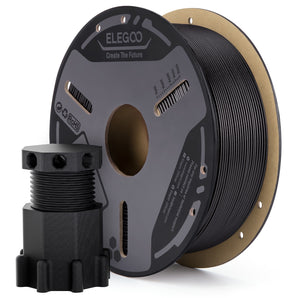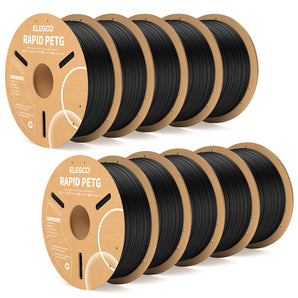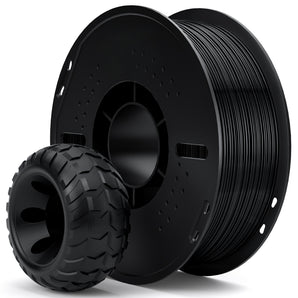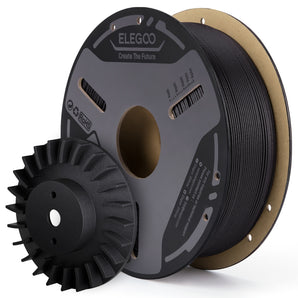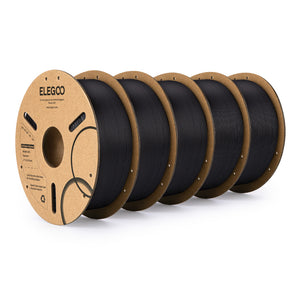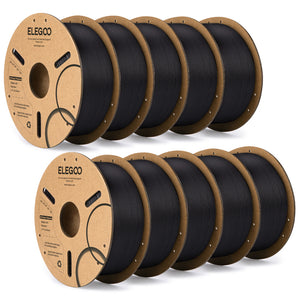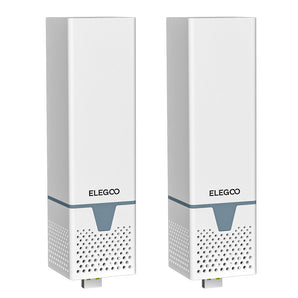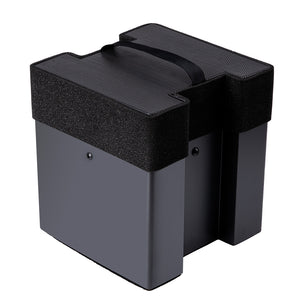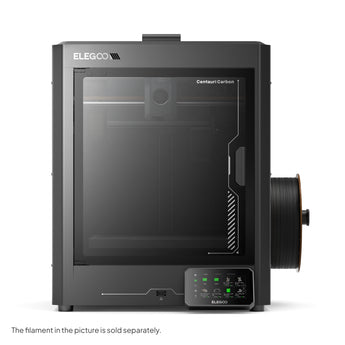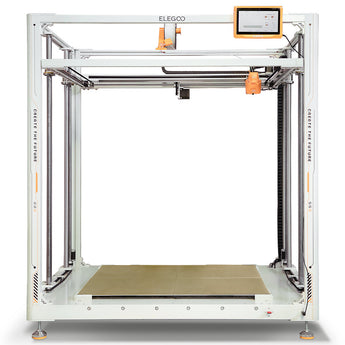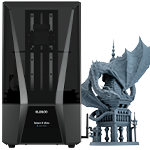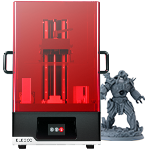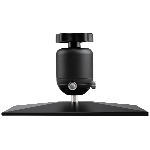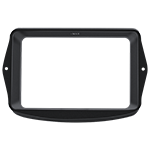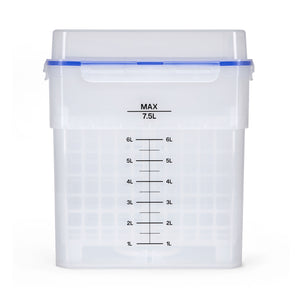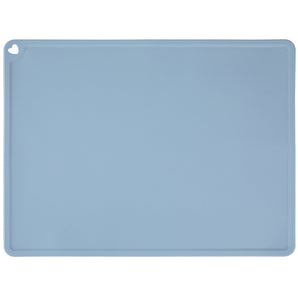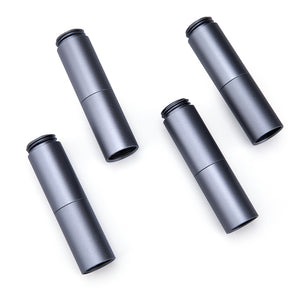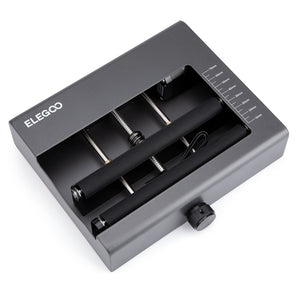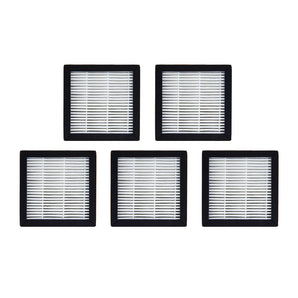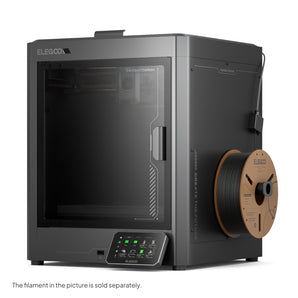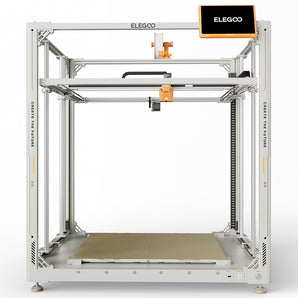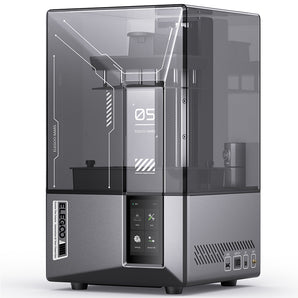The Convergence of Nature and Multi-Material Manufacturing
Over the course of millions of years, nature has been refining its designs and its approaches.
We are on the cusp of a revolution that will see natural designs digitally transcribed and copied thanks to the development of biomimicry in 3D printing.
People! This revolution is on the horizon.
This article delves deeply into the realm of biomimetic 3D printing, shedding light on the fascinating intersection of biomimicry and multi-material production. This article follows the educational aspect of 3D Printing.
You might also be interested in our article relating to how to select a 3D printer for schools.
Article Outline:
- What is Biomimicry and Why Does it Matter in 3D Printing?
- Understanding Additive Manufacturing's Role
- The Honeycomb: Nature's Stalwart Structure
- Multi-material 3D Printing: A New Horizon
- Graphene: The 2D Wonder Making Waves in 3D Printing
- How Does Fish Scale Influence 3D Printing Designs?
- Mechanical Properties of Biomimetic Materials
- Biomimetic Designs in Tissue Engineering
- The Rise of Biomimetic 3D Printing News and Developments
- The Future: Challenges and Perspectives
1. What is Biomimicry and Why Does it Matter in 3D Printing?
Biomimicry is the practice of studying and emulating nature's best ideas to find solutions to human challenges. From the wings of insects to the scales of fish, nature provides a vast template for innovative designs. When integrated with 3D printing technology, the results can be groundbreaking.
The fusion of biomimicry and 3D printing offers unparalleled designs with optimized mechanical properties.
Our recommended resin printer for this type of work would be the Neptune 3 Max.

2. Understanding Additive Manufacturing's Role
The process of additive manufacturing, more popularly known as 3D printing, enables the construction of complex items by building them up layer by layer.
We are able to mimic the intricate designs found in nature, ranging from cellular structures to lattice structures, by employing biomimetic design concepts in conjunction with 3D printing.
This convergence results in a reduction in the amount of material used while still attaining the requisite strength and performance.
What's the difference between cellular structures vs. lattice structures?
Cellular structures are intricate networks of interconnecting cells that are frequently seen in natural systems such as tissues, whereas lattice structures are regular, repeating arrays of nodes and connecting struts or beams that are commonly employed in engineering and design.
Cell shapes and sizes can vary in cellular formations, but lattice structures have stable, geometric patterns.
3. The Honeycomb: Nature's Stalwart Structure
The honeycomb, with its hexagonal geometry, is one of nature’s masterpieces in terms of strength and lightness.
When replicated using multi-material 3D printing, honeycomb structures can offer impressive compressive strength and stiffness.
Whether in aerospace or sports gear, 3D-printed honeycomb designs promise lightweight and strong components.
4. Multi-material 3D Printing: A New Horizon
The realm of multi-material 3D printing is rapidly expanding, especially with the variety of materials it provides.
From polymers to graphene, the possibility of combining different constituent materials allows for improved mechanical performance in 3D printed parts.
Biomimicry in this space can lead to new materials and designs that were previously unimaginable.
Multi-material 3D printing is an additive manufacturing process in which a single thing is built utilizing two or more different materials at the same time, allowing for multiple qualities and functionalities inside a single integrated structure.
5. Graphene: The 2D Wonder Making Waves in 3D Printing
Graphene, which consists of a single sheet of carbon atoms organized in a two-dimensional lattice, has the potential to revolutionize many different industries.
Researchers have been able to convert the 2D architecture of graphene into 3D structures by utilizing 3D printing, which has resulted in the creation of porous materials that are both lightweight and strong.
These kinds of advances make possible a vast assortment of different engineering applications.
6. How Does Fish Scale Influence 3D Printing Designs?
Fish scales, with their unique microstructure, inspire designs that are both flexible and protective. 3D printing allows the creation of materials that mimic the tunable properties of fish scales, making them ideal for armor systems that are light, robust, and flexible. The soft material layers combined with rigid scales offer a balance of protection and mobility.
- Biomimetic Insight: Engineers and designers have been inspired by fish scales to create flexible yet durable materials. Their overlapping pattern provides protection without sacrificing movement, leading to innovations in armor and wearable materials.
- Growth Rings: Certain fish scales, like tree rings, feature growth rings termed "circuli." Scientists can establish a fish's age and collect information about its living conditions and health by studying these rings.
- Natural hydrodynamics: The design and arrangement of fish scales are critical in lowering hydrodynamic drag and allowing fish to swim quickly and efficiently. This principle has fueled research into bettering aquatic equipment and vehicle designs.
7. Mechanical Properties of Biomimetic Materials
Materials that are considered to be biomimetic are those that have been conceptualized and produced through an imitation of the structures, functions, and processes that are present in biological systems.
In order to solve complex technical problems or develop original goods, these materials frequently attempt to imitate the one-of-a-kind characteristics and capabilities possessed by natural phenomena.
The mechanical properties of biomimetic materials, such as stiffness, strength, and flexibility, are vital. By mimicking nature, 3D printing can help optimize these properties in manufactured goods.
For instance, the design of honeycombs or fish scales, when replicated using 3D printers, can result in parts with enhanced mechanical properties.
8. Biomimetic Designs in Tissue Engineering
The incorporation of biomimicry into three-dimensional printing technology has the potential to change medical science.
3D printed scaffolds can be designed to increase cell growth and proliferation by pulling inspiration from the intricate forms and patterns observed in nature, particularly natural cellular structures.
These scaffolds serve as foundational platforms in tissue engineering, providing an environment that promotes cellular adhesion, development, and maturation. This has the potential to greatly speed up the recovery process following surgery or injury.
9. The Rise of Biomimetic 3D Printing News and Developments
Technological developments and scientific studies in the field of biomimetic 3D printing have been making news.
From university labs to startup ventures, cutting-edge research is being conducted to explore the capabilities of biomimicry in additive manufacturing.
The field of biomimetic 3D printing is expected to grow exponentially in the coming years, so stay tuned for more developments.
10. The Future: Challenges and Perspectives
Although the integration of biomimicry and 3D printing presents immense possibilities, it's essential to acknowledge the challenges ahead. Ethical considerations, including the appropriation of natural designs, and technical challenges like scaling and material compatibility, must be addressed to harness the full potential of this burgeoning field.
As advancements are made, biomimetic 3D printing will undoubtedly become a significant driver of innovation across various sectors, including medicine, aerospace, and consumer goods. We're just scratching the surface.
Looking for some cool 3D Printing Ideas?
Then look no more - here is our latest list of ideas for you:
- 3D Printing Board Game Projects
- 3D Printing DIY House Projects
- 3D Printing Toy Projects
- 3D Printing Cosplay & Props
- 3D Printing Diorama Projects
- 3D Printing Miniature Gaming Figures Projects
- 3D Printing Jewelery Projects
- 3D Printing Dental Uses & Ideas
- 3D Printing Sports Equipment Ideas & Projects
- 3D Printing Garden Tools
- 3D Braille Printing
- 3D Printing Modified Cars (3D Printing in the Automotive Industry)
- 3D Printing in Fashion
- 3D Printing Keychains & Chainrings
- 3D Printing Business for side Hustles
- 3D Printers for Schools
- 3D Printing in Space
Now, if none of those tickle your fancy, then what about having a look at some of the World's Most Crazy 3D Printing Projects!












